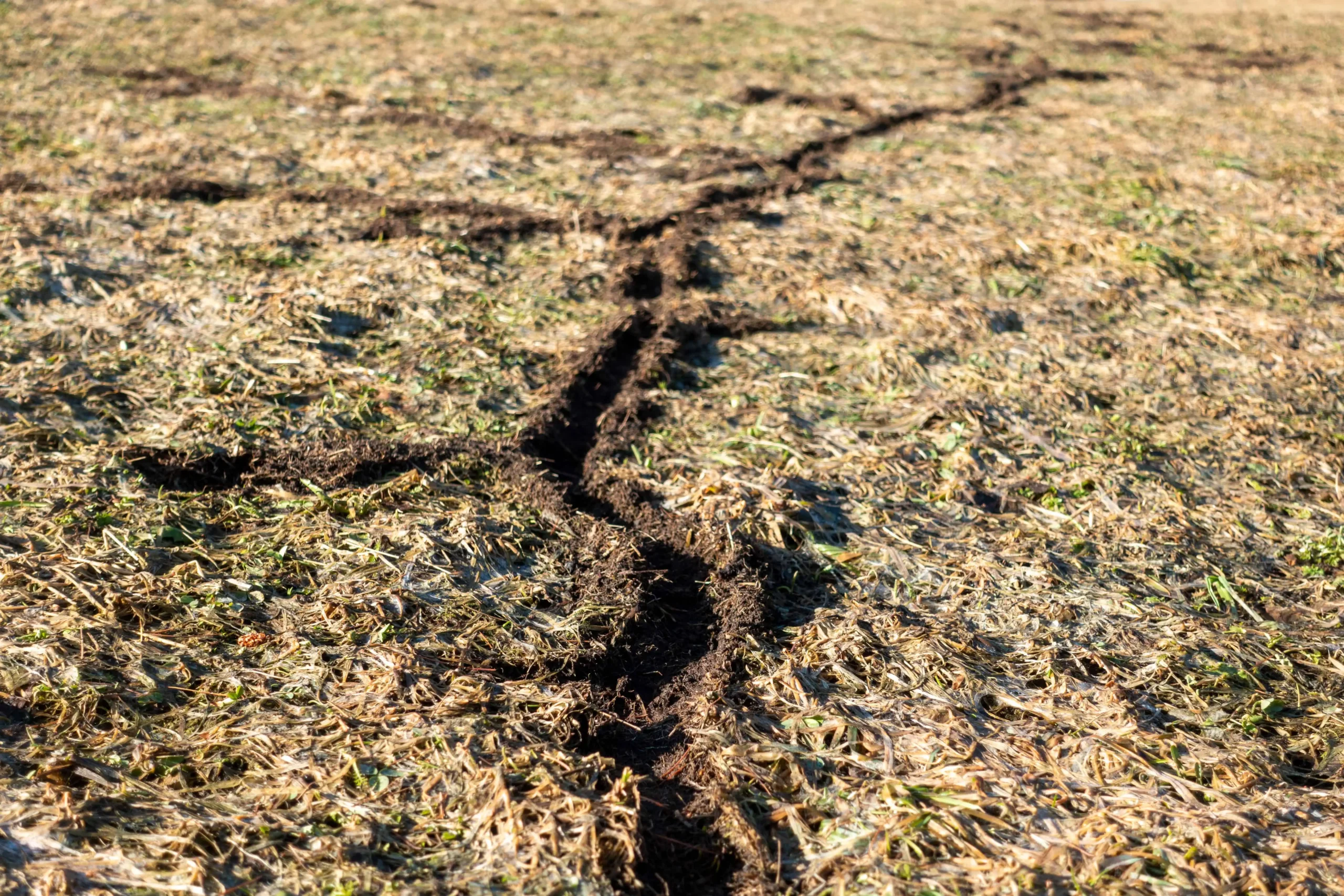Grasping Vole Insect Control: In-depth Insights on Problem Avoidance and Therapy Techniques
By recognizing the refined indicators of vole problem early on, we can take positive measures to protect against extensive damages. In this discussion, we will certainly discover the subtleties of vole habits, dig right into the identification of invasion signs, and reveal the most reliable avoidance and treatment techniques.
Recognizing Vole Habits
Checking out the foraging patterns of voles uses important insights into their actions and environment choices. By observing their foraging actions, researchers can obtain a far better understanding of where voles like to develop their environments and the level of their ecological influence.
Study indicates that voles display careful feeding routines, choosing roots, roots, and seeds. This nutritional choice affects their foraging patterns, leading them to locations rich in plant life and ground cover. Furthermore, voles are known to produce sophisticated tunnel systems for foraging and nesting objectives, suggesting a high degree of adaptability to their environments.
Comprehending vole behavior is necessary for executing targeted bug control measures that interrupt their environment preferences and foraging tasks (vole control utah). By examining their behavior, experts can create a lot more effective avoidance and therapy strategies to take care of vole infestations

Identifying Signs of Vole Infestation
Vole problems can be detected by acknowledging particular signs of their existence in an area. One of one of the most usual indicators of a vole invasion is the presence of surface runways. Voles develop networks of narrow pathways on the ground that are typically about two inches wide. These runways are usually located in grassy locations or below compost or ground cover where voles can move openly and look for food.
Another key indication of vole invasion is the existence of little burrow openings in the ground. Furthermore, voles are understood to leave behind eaten plant stems, origins, and light bulbs near their burrow openings, indicating their feeding activity in the location.
In addition, vole droppings can also represent their visibility. Vole droppings are small, brownish, and cylindrical in form, appearing like grains of rice. Locating these droppings along paths or near burrow openings can validate a vole problem. By being cautious for these signs, homeowner can immediately deal with vole infestations and prevent more damage.
Executing Proactive Prevention Procedures
.2403200956550.jpg)
Additionally, employing all-natural vole deterrents like castor oil-based repellents or predator pee can function as effective safety nets. It is additionally a good idea to consistently check outside rooms for any indications of vole task, such as paths or tunnel openings, to address possible infestations without delay. vole control utah. By embracing these positive prevention techniques, homeowner can significantly minimize the probability of vole damages and maintain the health and wellness and aesthetics of their landscapes
Efficient Treatment Techniques
Integrating targeted trapping approaches and using approved rodenticides are crucial parts of reliable therapy approaches for handling vole problems. Trapping can be a reliable method to minimize vole populations, particularly when placed tactically in their energetic paths. Snap catches and live catches can both work, with the last enabling the capture and moving of voles. When utilizing rodenticides, it is critical to comply with security standards to avoid injury to non-target animals and animals. Area rodenticides in safe bait terminals to reduce dangers to unintentional targets. Furthermore, environment alteration, such as lowering ground cover and eliminating sources of food, can aid deter voles from infesting a location. Routine surveillance and maintenance are likewise crucial facets of successful treatment methods to make certain that vole populations are maintained under control. By find this incorporating trapping, rodenticides, habitat modification, and constant tracking, efficient vole insect control can be achieved.
Surveillance and Maintenance Tips
Preserving a systematic timetable for tracking and carrying out regular maintenance activities is essential to sustain the performance of vole bug control measures. Normal monitoring enables for the very early discovery of vole activity, making it possible for prompt treatment before invasions aggravate. To efficiently check vole populations, strategically put catches can be made use of in vole runways or near burrow entries. By on a regular basis examining these traps, residential or commercial property owners can evaluate the degree of vole activity and adjust control strategies appropriately.
Furthermore, maintaining a well-kept and neat landscape is essential in vole prevention. Clearing away debris, such as heaps of timber or dense greenery, eliminates prospective vole habitats. Routinely mowing lawns and cutting plant life helps in reducing vole concealing spots and reduces their accessibility to food sources.
Additionally, continuous maintenance of physical obstacles, such as fences or cord mesh, is vital to avoid vole intrusion. Examining and fixing any kind of problems to these structures ensures that vole control continues to be reliable in safeguarding homes from invasions. By integrating these tracking and upkeep techniques into a comprehensive vole pest try this website control strategy, individuals can properly handle vole populaces and protect their buildings from damages.
Conclusion
To conclude, understanding vole pest control requires a strong understanding of vole habits, the capability to determine indications of problem, implementing aggressive avoidance measures, effective treatment methods, and regular tracking and upkeep. By taking a detailed approach to vole control, people can effectively manage and protect against problems, inevitably safeguarding their property and surrounding setting from damages triggered by these small rodents.
In this discussion, we will explore the nuances of vole habits, dig right into the identification of infestation indications, and discover the most efficient avoidance and treatment approaches.Including targeted trapping approaches and using accepted rodenticides are essential elements of effective therapy techniques for managing vole problems. To properly keep an eye on vole populaces, purposefully placed catches can be utilized in vole runways or near burrow entryways. Inspecting and fixing any type of problems to these structures guarantees that vole control stays reliable in protecting homes from infestations. By incorporating these monitoring and maintenance methods right into a comprehensive vole sites pest control plan, individuals can successfully take care of vole populations and safeguard their properties from damages.